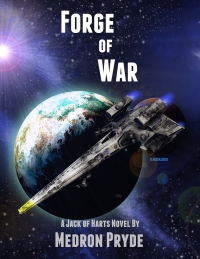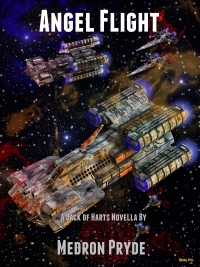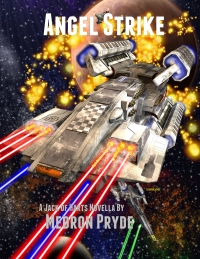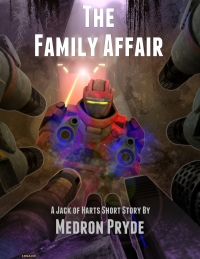While France suffered through revolutions every few months, the majority of my family decided to make certain they would not have another chance to conquer the known world. One of our more successful agendas was the unification of the Germanies under a single ruler. They proved a very useful foil to the French during the 1800s. Of course, during the 1900s, they became a problem to the rest of our plans. That was unfortunate.
The Constantinople Trade Network goes everywhere that humanity has gone. We puny Earthlings at least. They’ve even set up some offices in alien space. Yeah, I’ve been to some of them too. I’ve really gotten around since The War. Actually been a lot of places they ain’t seen yet but those are other stories. And it’s always nice to know that we can come back to at least a small slice of home whenever we find one of their stations. Real nice.
Sunnydale has a gas giant, one asteroid belt, and five terrestrial worlds orbiting her. Scorchdale and Sizzledale are too close to the sun to be habitable under any common understanding of the word. Scorchdale’s heavy mineral resources and low gravity make it a favored mining outpost though. It’s tidelocked to the star, one side eternally scorched, and the dark side forever frozen. Most people live on the dark side.
At the end of the Napoleonic Wars and the defeat of the French Republic, we installed those nobles who still lived back in command of France. Unfortunately, they were as unpopular as they had been before the French Revolution, and the French continued to disagree with their ruling methods. Rebellions became so numerous that they named them after the month they occurred in, until they depleted the months of the year. After that, they had to be more original.
Constantinople created a lot of trade worlds as we expanded into the stars. Arcturus. Antares. Celaeno. Canopus. Polaris. Rastaban and more. They all orbit giant stars that twist the fabric of hyperspace more than standard stars. Starships can sail between them on rivers of gravity deeper and faster than those linking Earth with nearby stars. They form a trade network so large even I haven’t seen it all. You see, there’s some places I just ain’t welcome.
 The Martian Affair on Amazon
The Martian Affair on Amazon Forge of War on Amazon
Forge of War on Amazon The Audacious Affair on Amazon
The Audacious Affair on Amazon Angel Flight on Amazon
Angel Flight on Amazon Angel Strike on Amazon
Angel Strike on Amazon Angel War on Amazon
Angel War on Amazon The Family Affair on Amazon
The Family Affair on Amazon The Thunderbird Affair on Amazon
The Thunderbird Affair on Amazon Wolfenheim Rising on Amazon
Wolfenheim Rising on Amazon Wolfenheim Emergent on Amazon
Wolfenheim Emergent on Amazon The Gemini Affair on Amazon
The Gemini Affair on Amazon